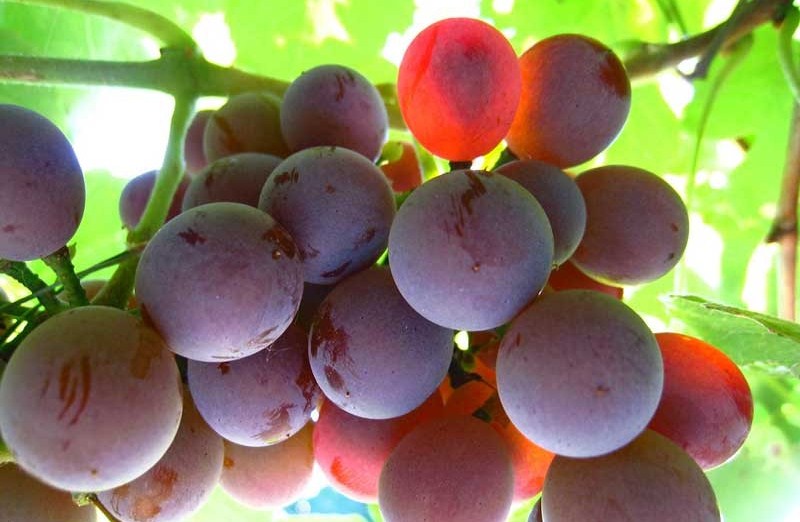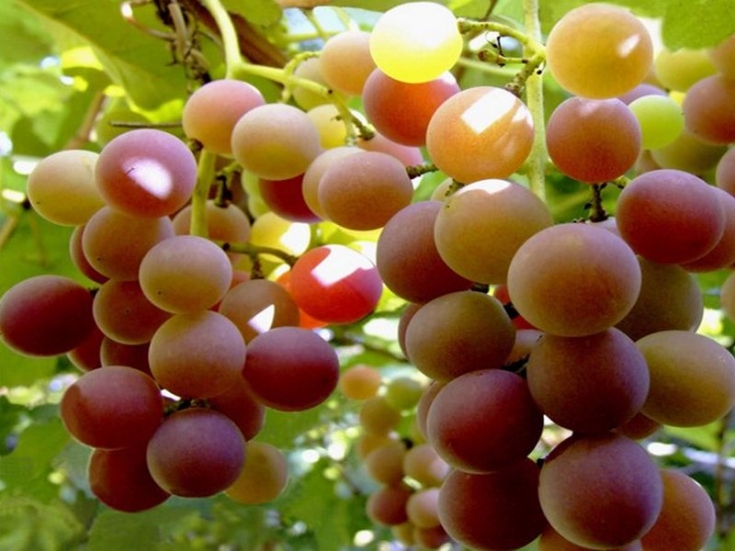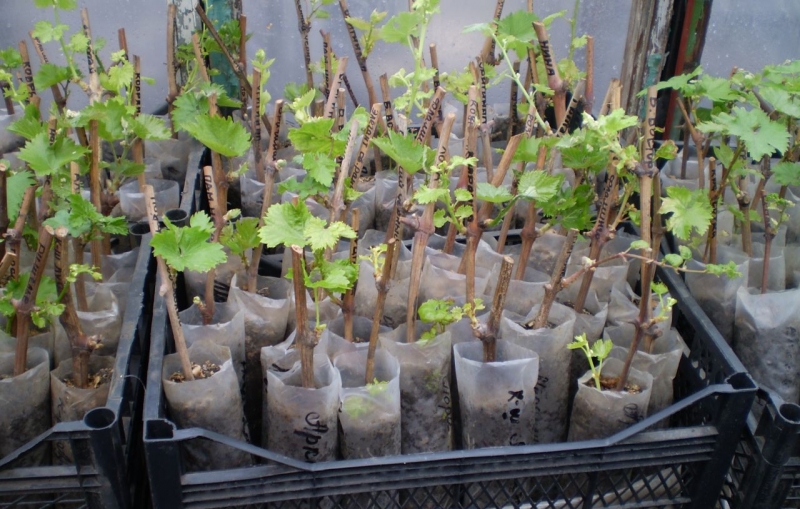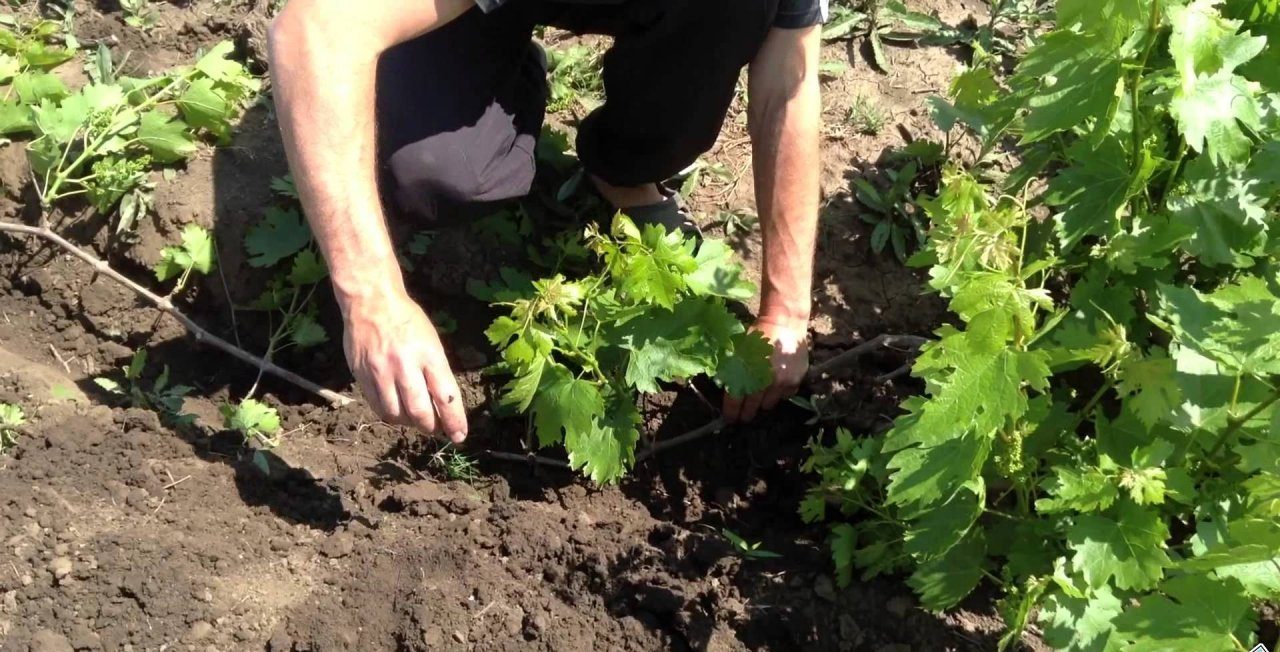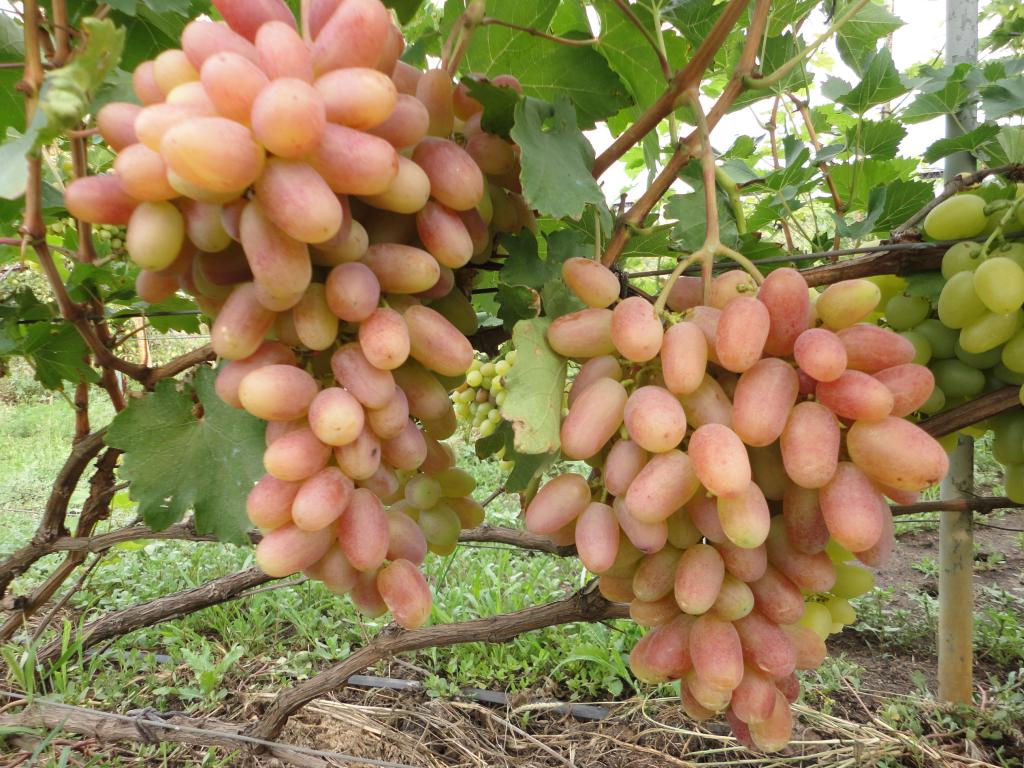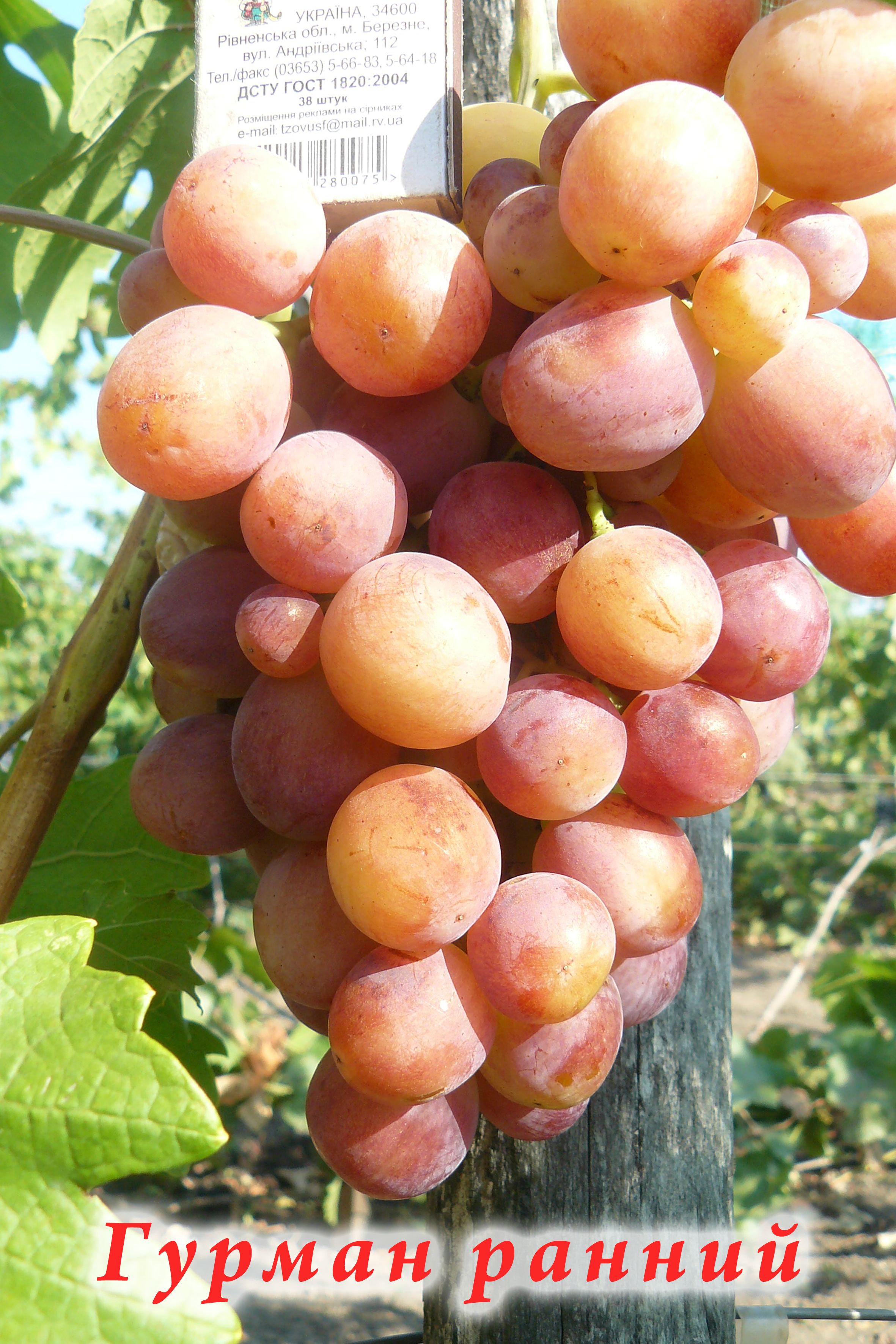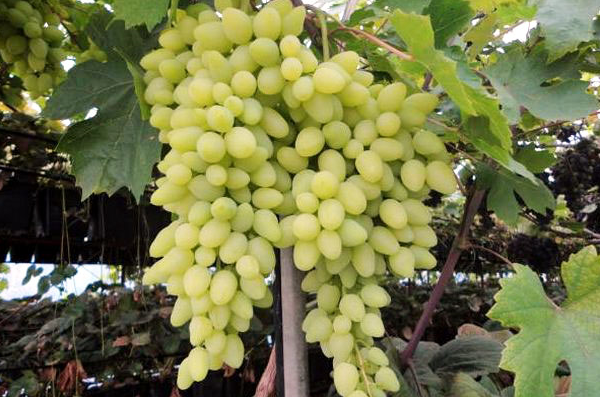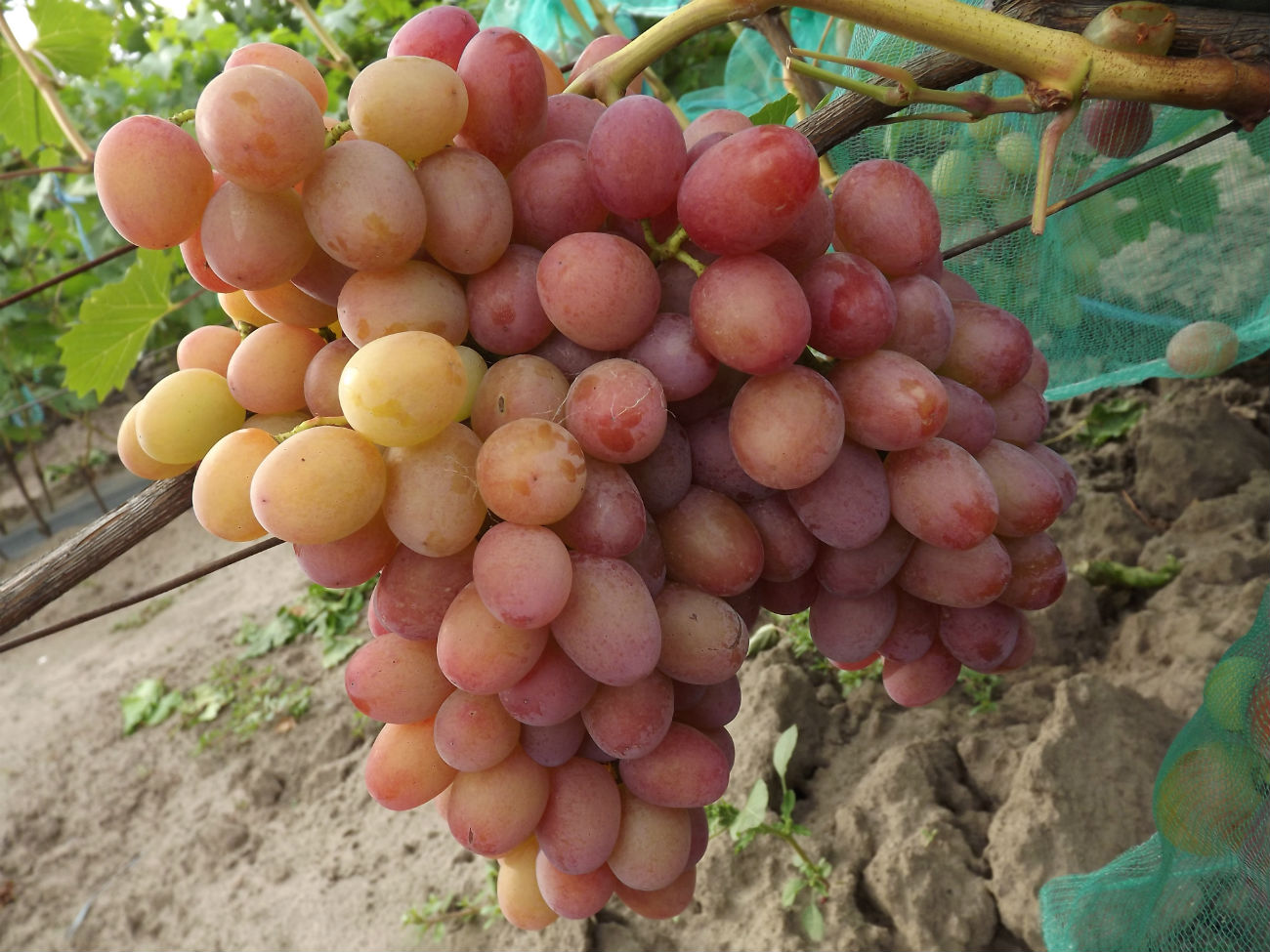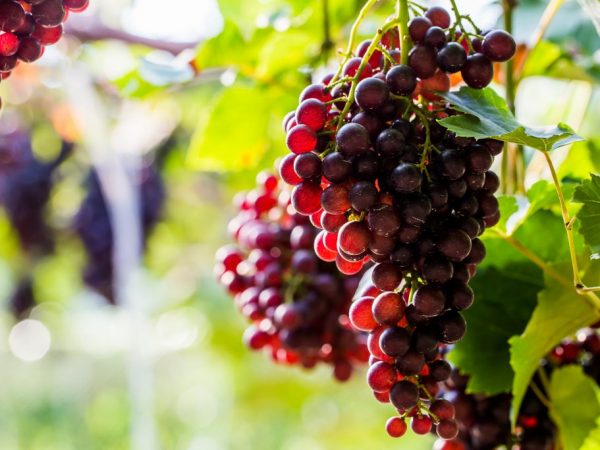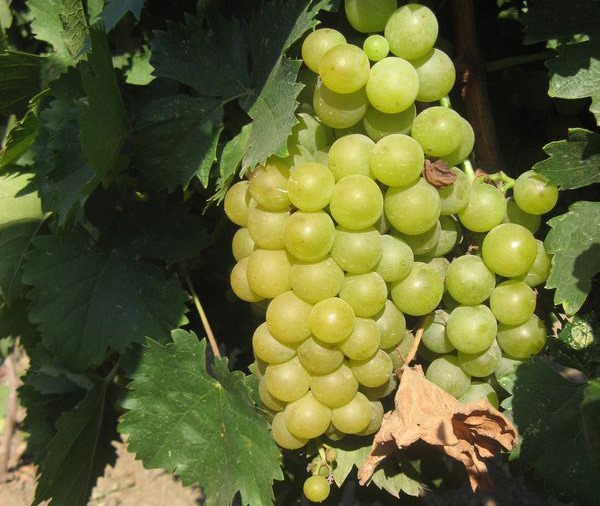Many winegrowers speak positively about the Lydia grape variety. It is appreciated for its resemblance to Isabella. Lydia is used as an industrial grade for wine making. As a variety of Isabella, the variety has its own positive and negative characteristics.
The cultivar was found in North America and brought to Europe along with mildew and mildew diseases. The existing grape varieties began to be grafted together with the imported variety, since the “foreigner” was immune to diseases. This is how the Lydia variety appeared.
It was popular in vineyards in the middle of the last century, had an incredible taste and aroma, and was undemanding to care for. But in the content of the wine material, they found a large amount of methyl alcohol, which is harmful to human health. This led to the ban on making wine from this variety. Lydia is mainly found in households as a decorative decoration for gazebos; this grape is not harvested.
Lydia grapes: variety description
This species belongs to mid-season varieties. Ripening period 150-160 days.
The bush grows densely, the vine has a light brown tint. The leaves of the variety are green, have a weak dissection, there is a small fluff on the back.
The brushes are small, weighing 100 grams, the shape resembles a cylinder, and the density is loose. The berries are oval in shape, purple in color, have a wonderful aroma. The peculiarity of the berries is that they resemble sweet strawberries in their taste. The sugar content in berries is 19%.
The frost resistance of the variety is high, it can spend the southern winter without shelter. Therefore, it is suitable for growing in the Moscow region. Lydia is resistant to pathogenic fungi, but does not withstand phylloxera disease.
The variety has bisexual flowers. Shoot yield reaches 82%. You can get up to 40 kg of berries from one bush. The ripening of the crop is slow. After the appearance of the buds, at least five months must pass for the clusters to mature. In the middle lane, this period falls on October, when the first frosts begin.
Agricultural technology of cultivation
The variety is planted in April or October. The best option would be to plant a seedling in the spring. This will allow the bushes to gain strength before wintering.
The soil for grapes is chosen fertile with an acidity not higher than 7 pH. A soil type such as black soil, loam, sandy loam soil is suitable.
When planting, take into account the temperature of the soil and air. The earth should be warmed up to +10 degrees, and the air - +15 degrees.
For Lydia grapes, groundwater should be at least 1.5 meters, which will allow the seedlings to take root faster.
The plant is photophilous, being in the shade will slow down the development of the bush. The area for these grapes should be calm.
For a better engraftment of cuttings, it is necessary to prepare them in 2 stages.
The first autumn stage:
- The choice is stopped on strong and healthy shoots. The thickness should be at least 10 cm, and the size of the internodes should be 10 cm.
- The antennae, leaves and stepchildren are removed. A cut is made 40 cm long with 4 eyes.
- The resulting material is placed in water at room temperature for 24 hours. After that, it is treated with a slightly pink solution of potassium permanganate and allowed to dry.
- Such cuttings are wrapped in a bag and placed in storage in a cellar or refrigerator, where the temperature regime is kept at least -2 degrees.
The second stage of preparation is performed at the beginning of spring:
- Cuttings are taken from the bag and placed in water at room temperature. Soaking time - 2 days.
- Two cuts need to be made. One incision is located 5 mm from the lower eye, the other 2 cm above the upper eye. This increases the chances of germination.
- The lowest kidney is cut off. The top is dipped in melted paraffin.
- The stalk is cut from the bottom by 3 cm. The wood does not touch, but only the bark is cut. Roots will begin to form in these incisions.
Before planting, prepare the soil:
- For planting, a hole is dug, the width and depth of which is 70 cm. A drainage layer is poured at the bottom, which can be crushed stone or pebbles.
- The pit is filled with a layer of nutrient mixture, 30 cm thick. The mixture includes soil, humus and river sand in equal amounts. Also fertilize a mixture of 50 g of nitrophosphate, 50 g of double superphosphate and 20 g of ammonium nitrate.
- The remaining space in the pit is covered with soil and filled with hot water. Each pit should have 10 liters of water.
After a week, the seedling is planted. It is important to carry out this procedure in the morning or evening, as well as in cloudy weather. Direct sunlight can kill an immature seedling.
The shank is immersed at the bottom of the prepared hole, covered with soil up to half, then watered with warm water at 25 degrees. Watering takes up to 15 liters of water.
After absorbing moisture, the cutting is buried, leaving no more than 15 cm to the edge of the pit. The soil is compacted and at least two buckets per bush are watered.
If a grape bush transplant is necessary, it is done in the fall, after the leaves have fallen off. The transplant is performed by the transshipment method. The grapes are transplanted with a clod of earth. To make this lump easy to remove, watering the bush is not carried out for 2 days and is dug in around a circumference of 50 cm. After that, the bush is transferred to a new location. The new hole should be large enough to accommodate all the roots with a clod of earth.
Grape care Lydia
Loosening within a radius of 50 cm from the bush is carried out regularly. This increases the oxygen supply to the root system.
Every year it is necessary to carry out catarovka - cutting the thinnest roots to a depth of 20 cm. In case of the death of the ground part of the bush, the plant can be restored.
Formation begins from the second year of the bush's life. A fan pattern is suitable for grapes of this variety. One or more main branches are left on the bush, the vines are stretched in different directions.
Diseases and pests of the variety:
- Gray rot. A fungal disease that affects the entire vine. Reasons: thickening of the planting and abundant moisture. If gray rot is found, the bushes are treated with Ronilan.
- Anthracosis - leaves, vine, shoots are affected by the fungus. Black spots appear on them. The plant is infected through the soil and seeds. The diseased vine is removed and burned. The rest of the plant is treated with Bordeaux liquid.
- The spider mite, with its harmful actions, leads to leaf fall.
- The leafworm eats fruits and leaves, which then rot.
- Phyloxera destroys the root of the plant. In the fight against phylloxera, the drug Confidor will help.
The advantages of the variety:
- high productivity;
- frost resistance;
- grapes are resistant to mildew and mildew diseases;
- tolerates waterlogged soil well;
- the variety is self-pollinated;
- berries are high in calories.
Disadvantages of the variety:
- the bush needs constant formation;
- ripe berries tend to crumble, so it is necessary to harvest on time;
- grapes are not resistant to calcareous chlorosis and phylloxera.
Lydia grapes are not used in industrial viticulture.No wines are produced from this variety. It is more used as a decorative element for the garden. Lydia is not whimsical in care, therefore it is appreciated by gardeners.
